Which Characters From The Titanic Were Actually Real?
In 1997, James Cameron’s Titanic wowed audiences with its special effects and heartbreaking love story, broke box-office records with a return of $2 billion, and took home a treasure troves’ worth of rewards. But did you know that most of the characters you saw in the film were based on real-life people who really existed?
From major characters to background extras, Titanic was an incredibly well-researched film and managed to capture not only the scale and atmosphere of the great passenger liner but incredible details about the people who journeyed and perished aboard as well. While some of their names were changed, the people were very real, and their stories are fascinating. Read on to learn more about them.
The Unsinkable Molly Brown
Played by the wonderful Kathy Bates in the movie, Margaret “Molly” Brown was known as “Maggie” to her friends but became known as “The Unsinkable Molly Brown” after surviving the iceberg crash aboard the titanic. She was a wealthy passenger on the ship and remained so after her rescue.
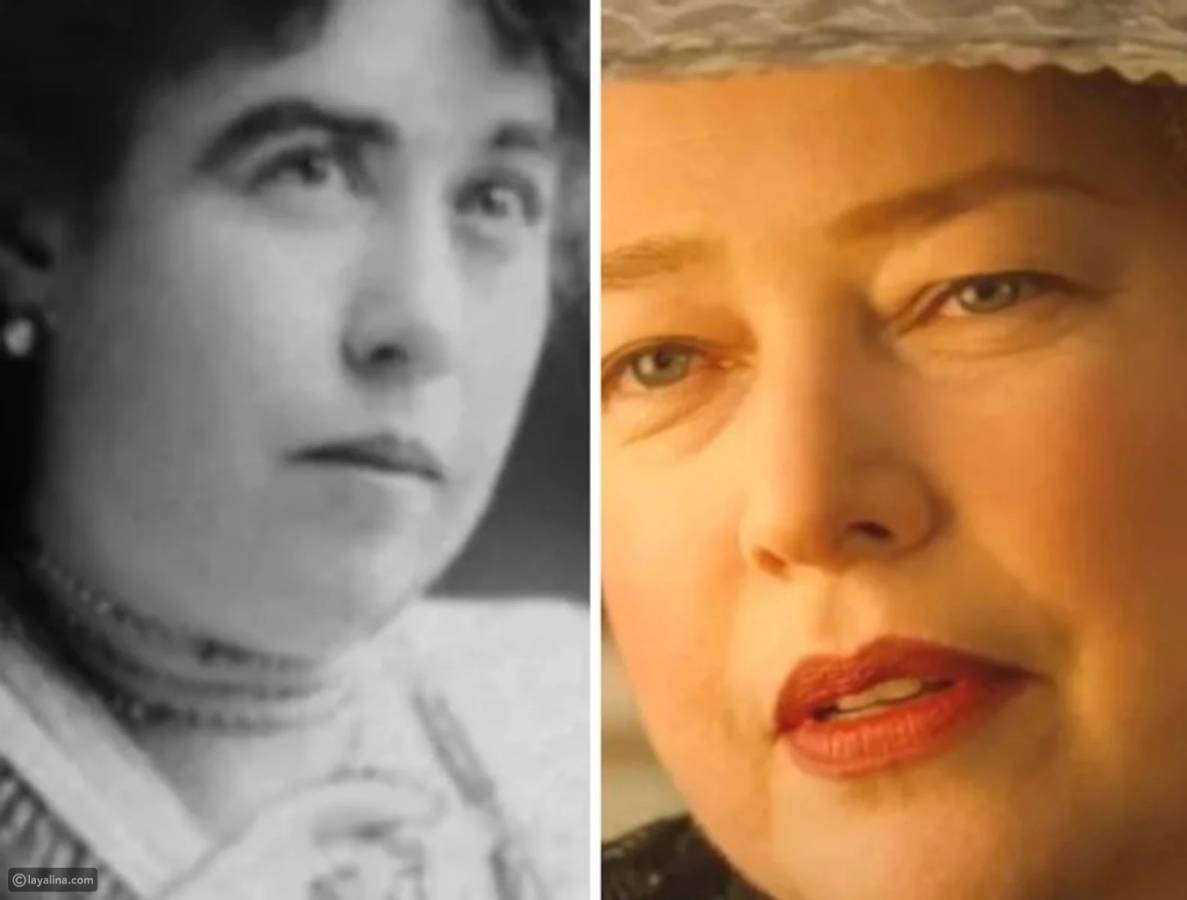
Bain News Service/Wikimedia Commons
Just like in the film, she begged the other survivors in the lifeboat to row back to the ship to save more people from being swallowed by an icy sea. When she arrived in America, she ran for a Senate seat, six years before women were given the right to vote, became a philanthropist, and, in her final years, an actress.
Cosmo Duff-Gordon
Cosmo Duff-Gorden was a fencer—in fact, he’d won a silver medal in the Olympic Games for his swordplay prior to stepping onto the ship and was admired by many for his talent. However, all that respect melted away after rumors circulated that he snuck aboard a lifeboat ahead of women and children.
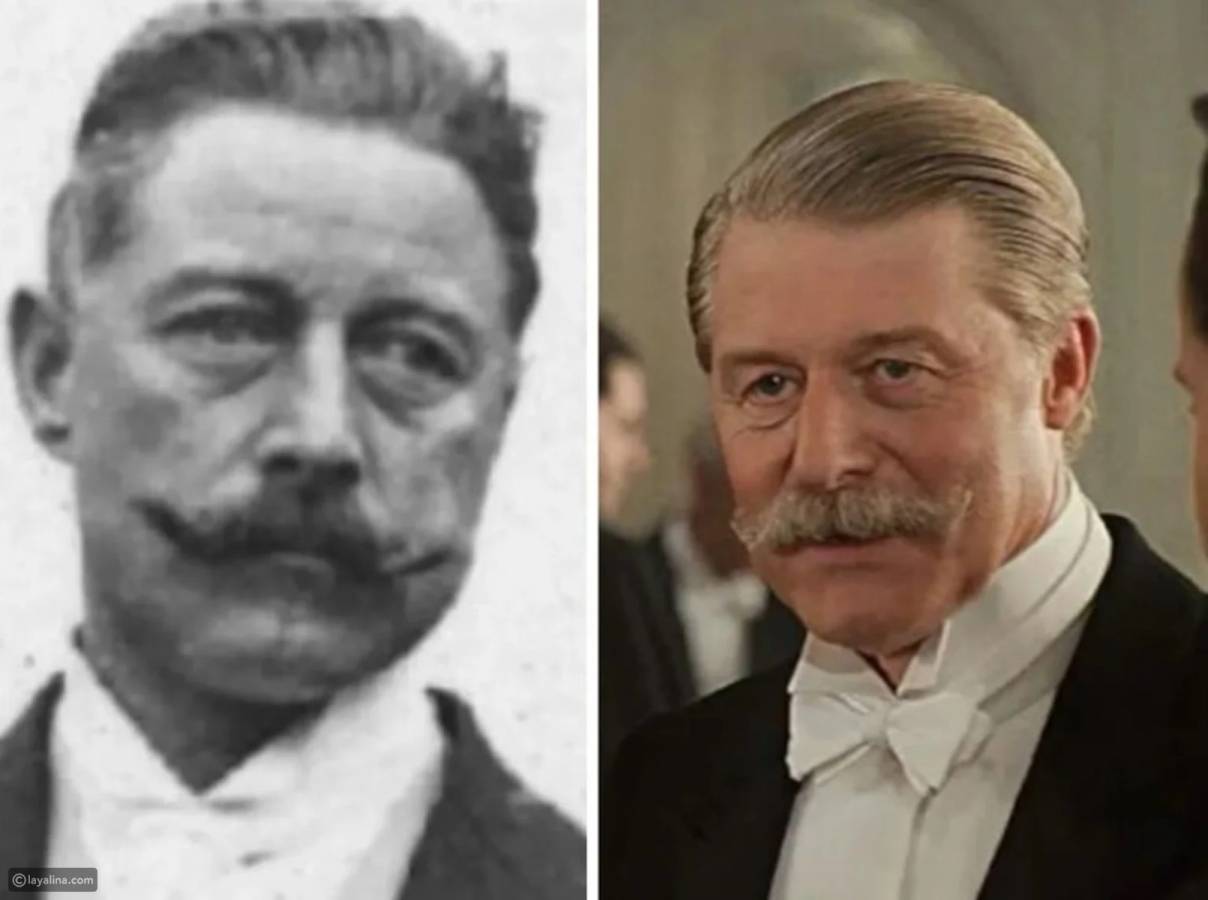
Hulton-Deutsch Collection/Corbis/ Getty Images
Allegedly, Diff-Gorden bribed the sailor in charge of the lifeboat not to return and help those drowning at their backs, even though there was more than enough room on the craft to take them on. The fencer claims that he had given the sailor to “buy new clothes.”
Violinist Wallace Henry Hartley
If you’re a big fan of the movie or have seen it recently, you may remember the violinist character who kept the music going even as the ship was sliding into the sea. This character was based on a real musician by the name of Wallace Henry Hartley.

Source: via Wikimedia Commons
He didn’t just keep playing for the love of music. His violin skills saved lives during the final moments of the Titanic’s sinking. He kept the passengers calm as they found their lifeboats. Hartley didn’t make it off the ship, but his heroism was remembered and celebrated by those who did.
Isidor And Ida Straus
Isidor and Ida were two of the wealthier passengers aboard the Titanic. Isidor was a one-time member of the House of Representatives and one of the founding members of the high-end department store: Macy’s. As one of the wealthier passengers, he was offered a lifeboat.
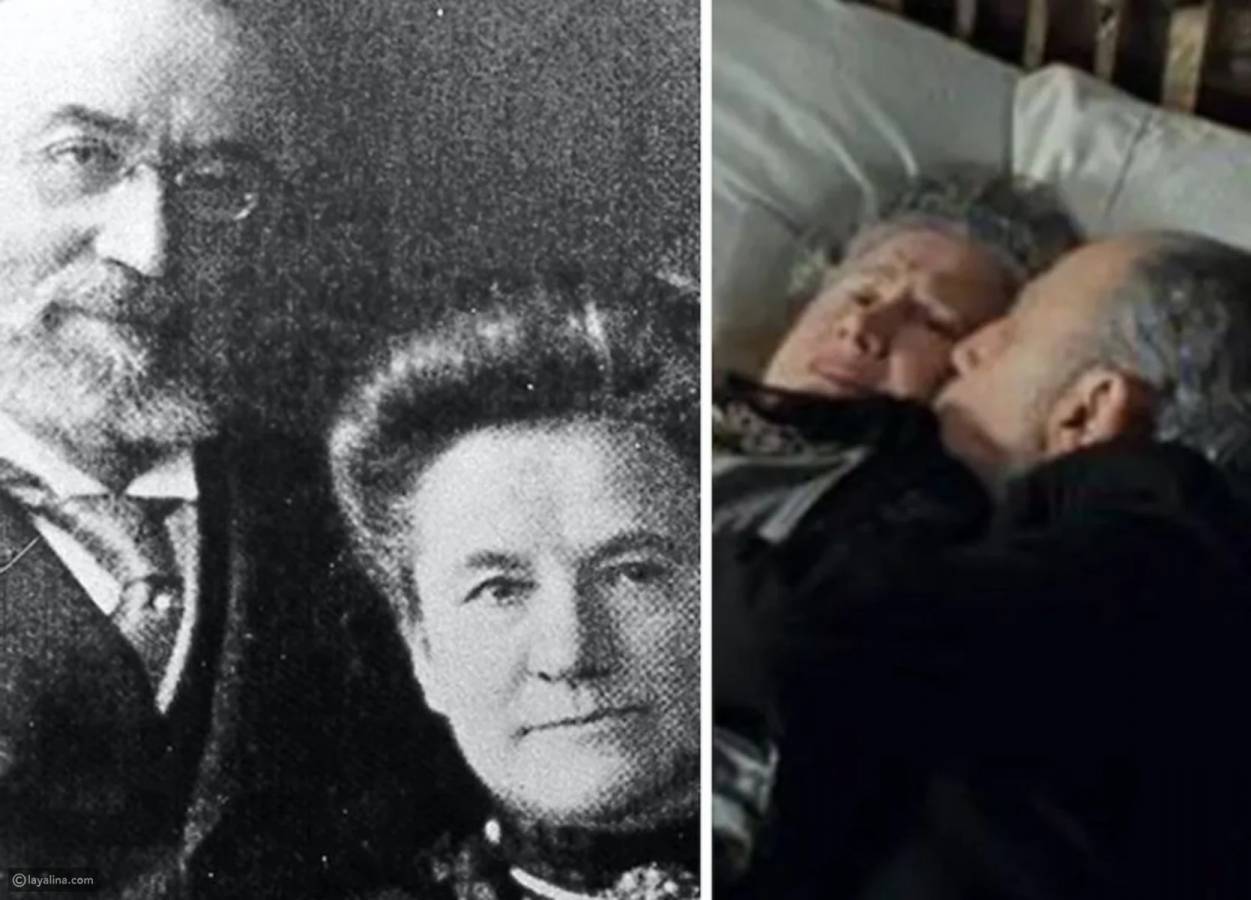
Source: via Wikimedia Commons
But rather than taking it, Isador refused to take up a spot until all the women and children on board were safe. Ida remained on board with him as the ship went down, as she couldn’t bear to leave her husband behind. He and Ida died below deck.
Henry Wilde
Many of the Titanic’s crew didn’t make it off the boat, and Henry Wilde, chief officer on the navigation team, was one of them. He was no stranger to the boating trade, having worked for the White Star Line, the company behind Titanic, for many years, on board various ships in the fleet.
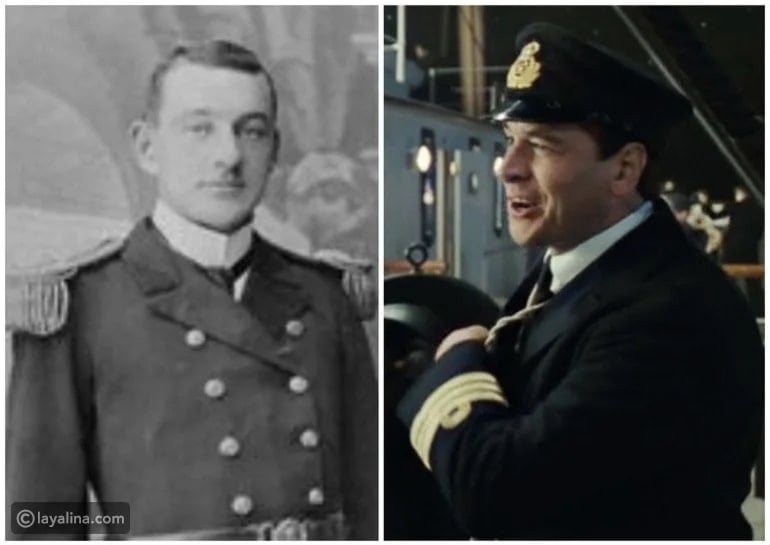
Source: via Wikimedia Commons
But even his experience didn’t save him. Wilde perished while trying to manage the chaos on board the sinking ship. Little is known about his actions immediately after the Titanic hit the iceberg, but he was seen diligently lowering lifeboats to protect the lives of the passengers.
Charles Lightoller
Most of the Titanic’s crew perished on board while trying to direct passengers to the safety of the lifeboats, but one crew member, Charlies Lightoller, did make it off the sinking ship in time. He was the ship’s second officer, and when the ship began to go under, he gave the “women and children only” directive.
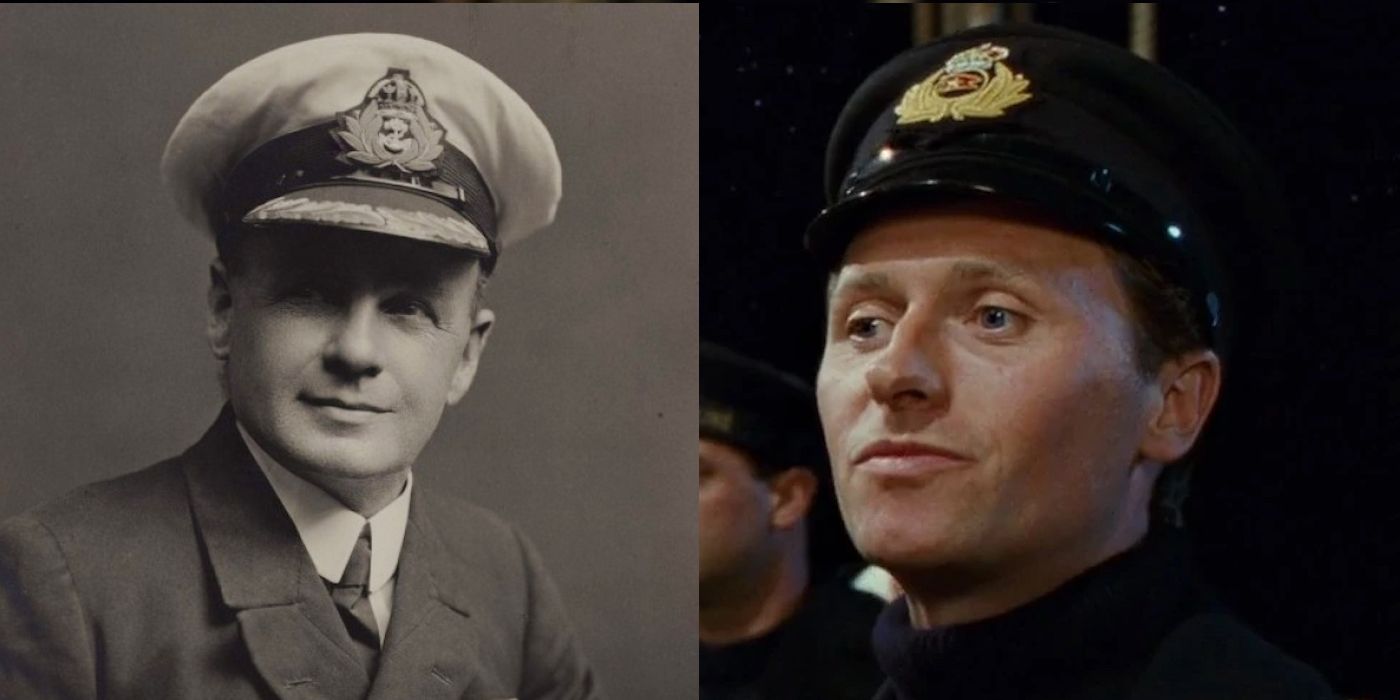
Source: via Wikimedia Commons
Lightoller wasn’t put off the sailing trade after his experience on the Titanic. During World War I, he served as a commanding officer. Then, in World War II, long after he had retired, he volunteered his sailing yacht to evacuate stranded Allied soldiers from the beaches of Dunkirk.
Edward John Smith, Captain Of The Ship
It’s hard to imagine what it must have felt like standing behind the wheel of the ship as the boat took a plunge into the deep ocean waters. What we do know is that he decided to remain on board, just like his on-screen counterpart, to go down with the ship.
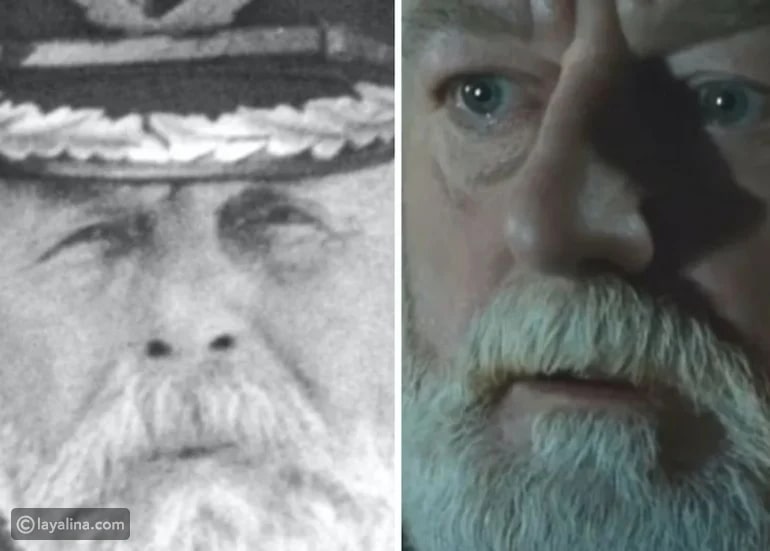
Source: via Wikimedia Commons
He was known for having a stiff upper lip and supreme discipline, and as the captain, the responsibility for its sinking lay on his shoulders. His wife and daughter, who were safely at home in Southampton, England, survived him after his passing.
Rose DeWitt Bukater, Beatrice Wood
Here’s where the movie took a few creative liberties with the story. Rose DeWitt Bukater was based on a real-life person who never stepped foot on the Titanic, but her story shares thematic similarities to that of her fictional counterpart. Beatrice Wood was also a painter and flirted between high society and the working class.
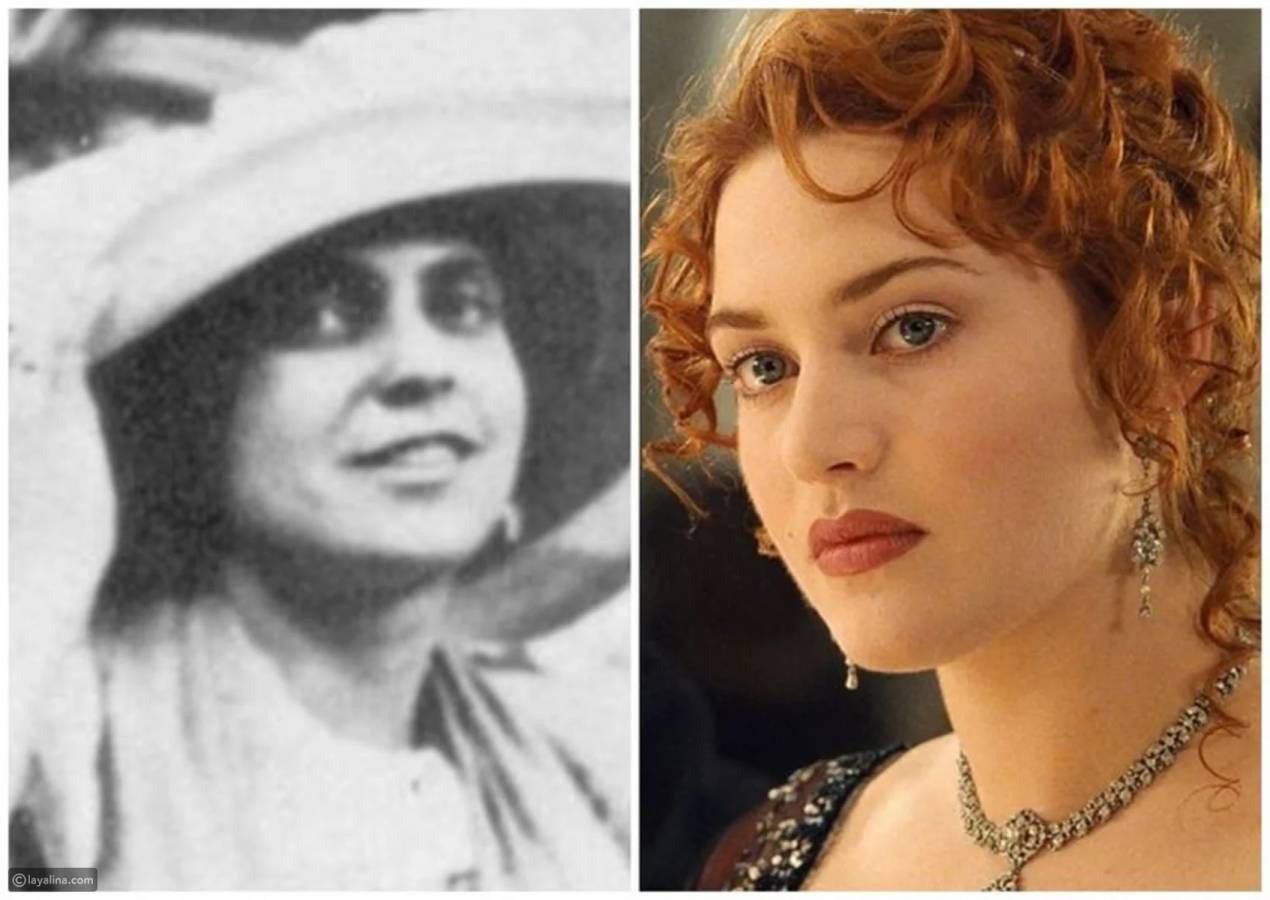
Source: National Portrait Gallery / Wikimedia Commons
She was around the same age as Rose when the Titanic sailed, and she also experienced a tragic romance. James Cameron, who had been inspired by her autobiography, personally brought Beatrice a copy of the movie for her to watch. The 105-year-old watched only half, saying that she was “too late in life to be sad.”
Spotter Frederick Fleet
“Iceberg right ahead!” Those are probably the lines that Frederick Fleet will forever be remembered for, just as his on-screen counterpart said them in the movie. Fleet did indeed spot the iceberg which ultimately sunk the ship—too little, too late.
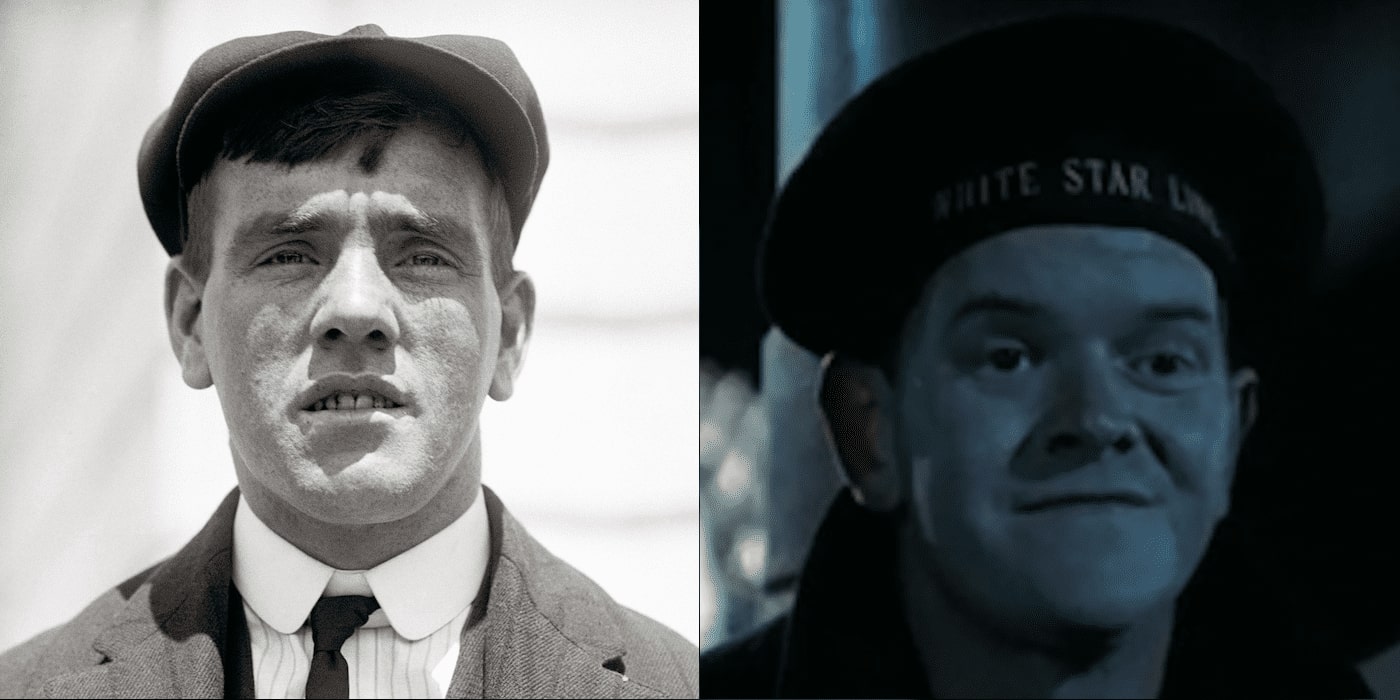
Source: via Wikimedia Commons
During a hearing, Fleed said that if he and the other spotters had only been given binoculars, they might have been able to avoid the iceberg which sank them. While he managed to survive the sinking, Fleet led a difficult life of tragedy and economic hardship.
Joseph Bruce Ismay
This man was White Star Line’s managing director, and just like his fictional counterpart in the film, some accounts say that Ismay leaped over a crowd of women and children to secure a place on one of the lifeboats. After he got ashore, he received criticism and was ostracised from high society.
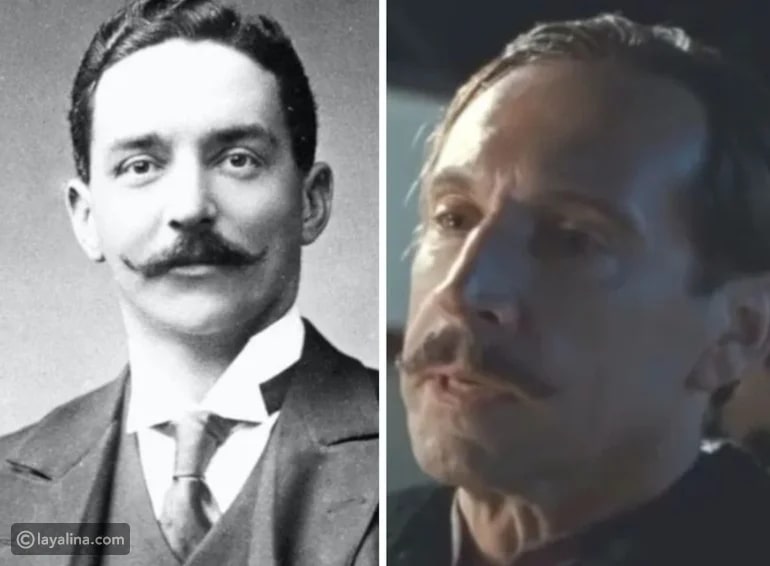
Source: via Wikimedia Commons
Other accounts detail that he did, in fact, help people into lifeboats and actually took the last boat out, as there was space enough for him to fit. Whatever the case, Ismay returned to White Star Line to conclude his business, including dealing with the fallout of the Titanic disaster, for 25 years, when he could have resigned. Like many of the survivors, he became deeply depressed in his later life.
William Murdoch
Here’s another example of the film taking a little creative liberty with the story. The first officer of the ship was called William Murdoch. In the movie, he becomes so upset about the sinking that he shoots himself in the head before a crowd of passengers.
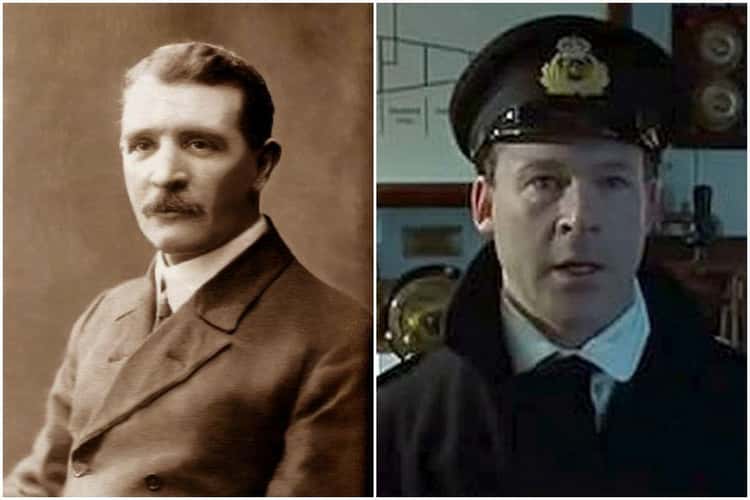
Source: via Wikimedia Commons
While Murdoch did not survive the sinking, this probably wasn’t a historically accurate depiction of events. Murdoch’s family took offense to the depiction of his on-screen counterpart. It is not known how he died, only that he didn’t make it back to shore.
Harold Bride
Harold Bride managed the ship’s wireless operating system on the Titanic, serving as the junior wireless operator. He survived the disaster despite being washed overboard and was called to testify in the senate about what led to the ship’s sinking.
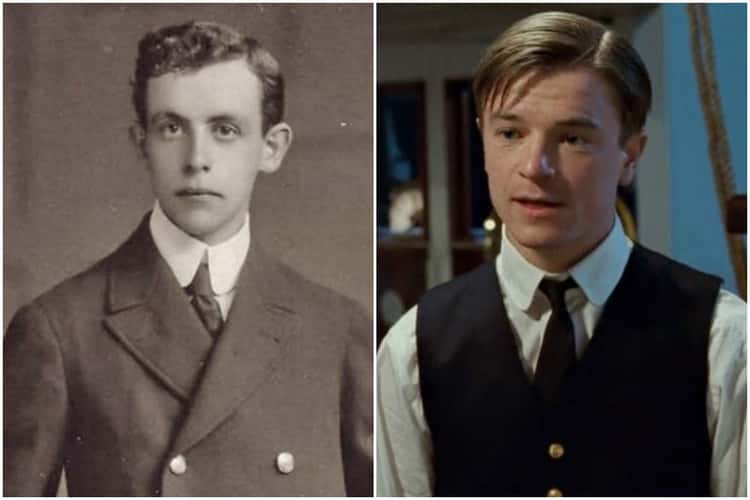
Source: via Wikimedia Commons
He sent out the distress call, which the RMS Carpathia eventually picked up, leading to the rescue of the lifeboat-adrift passengers. From there, he sent personal messages from the survivors via the Carpathia’s wireless system.
Edith Rosenbaum
Edith Rosenbaum had only just lost her fiance in a motorcar accident shortly before stepping aboard the Titanic. She was one of the 706 survivors. Rosenbaum was given a music box as a good luck charm before boarding, and whether she was lucky or unlucky might be down to interpretation.
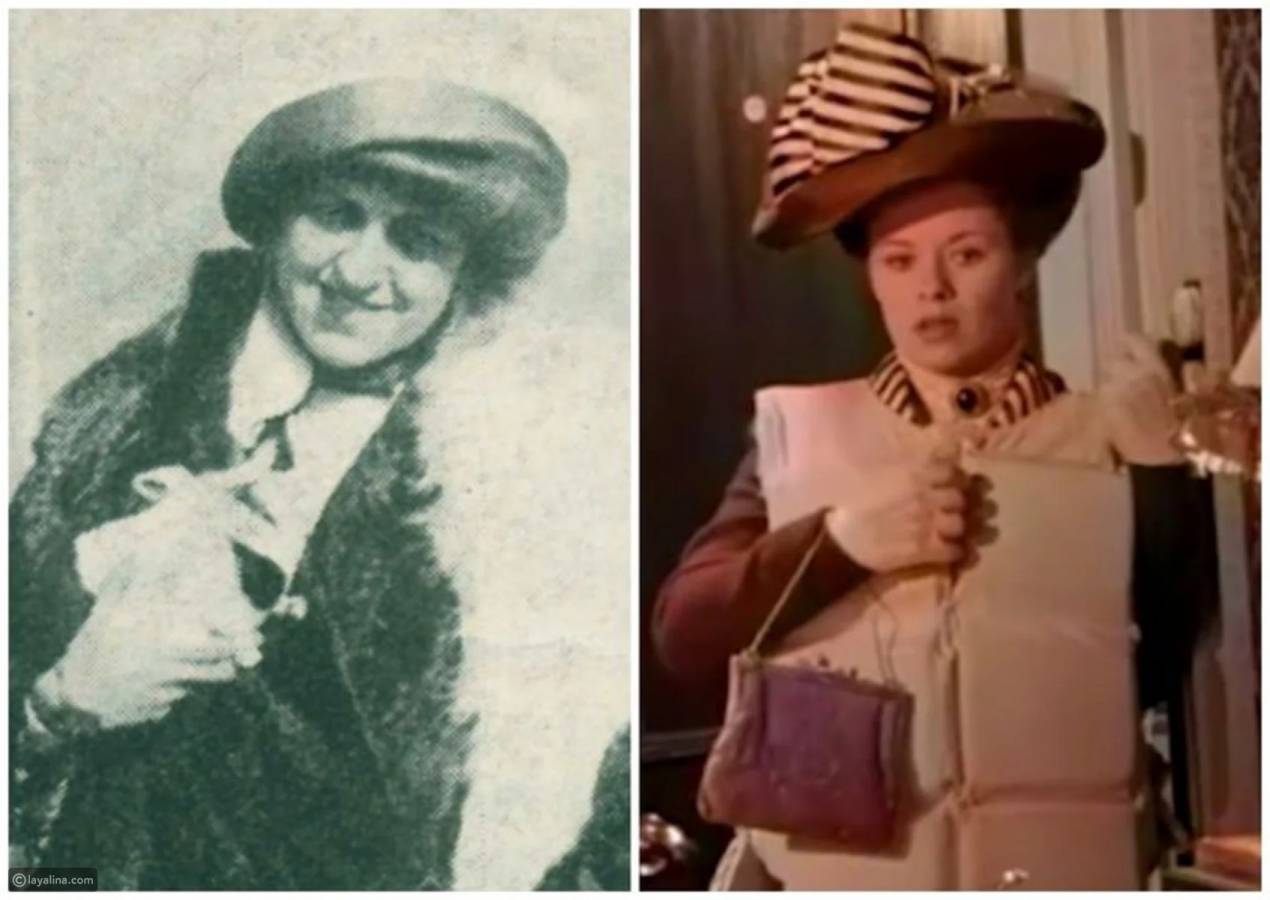
Source: Randy Bryan Bigham/ Wikimedia Commons
Lucky or not, she used the music box to calm and entertain the children on her lifeboat while waiting to be rescued. The music box became iconic and highly sought after, especially near the end of her life.
Dorothy Gibson
Here’s an honorable mention. One of the first people to get onto a lifeboat was the actress Dorothy Gibson, who was 22 at the time. When she heard that the ship had hit the iceberg, she immediately took her mother to find a way off the ship.
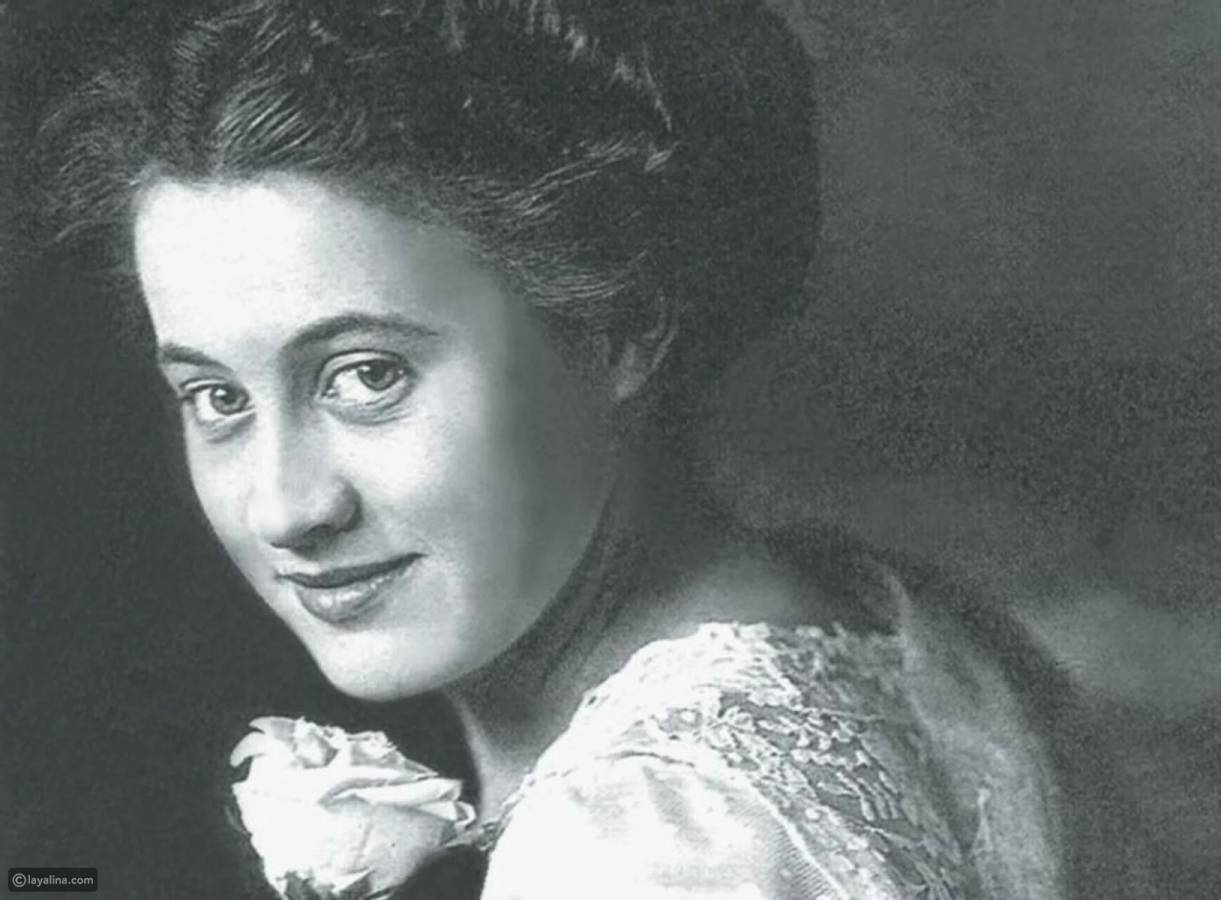
Source: via Wikimedia Commons
While she didn’t appear in James Cameron’s Titanic, she went on to star in a film called Saved From the Titanic in 1912. She even used the same clothes she’d worn that day to remind her of what happened that fateful night. Sadly all copies of the film are now lost.
Madeleine Force
Madeleine Force was pregnant while aboard the Titanic, and in an interesting twist of fate (or perhaps in some sublime effort to attain total historical accuracy), Charlotte Chatton, the actress who played her fictional counterpart, was also pregnant during filming.
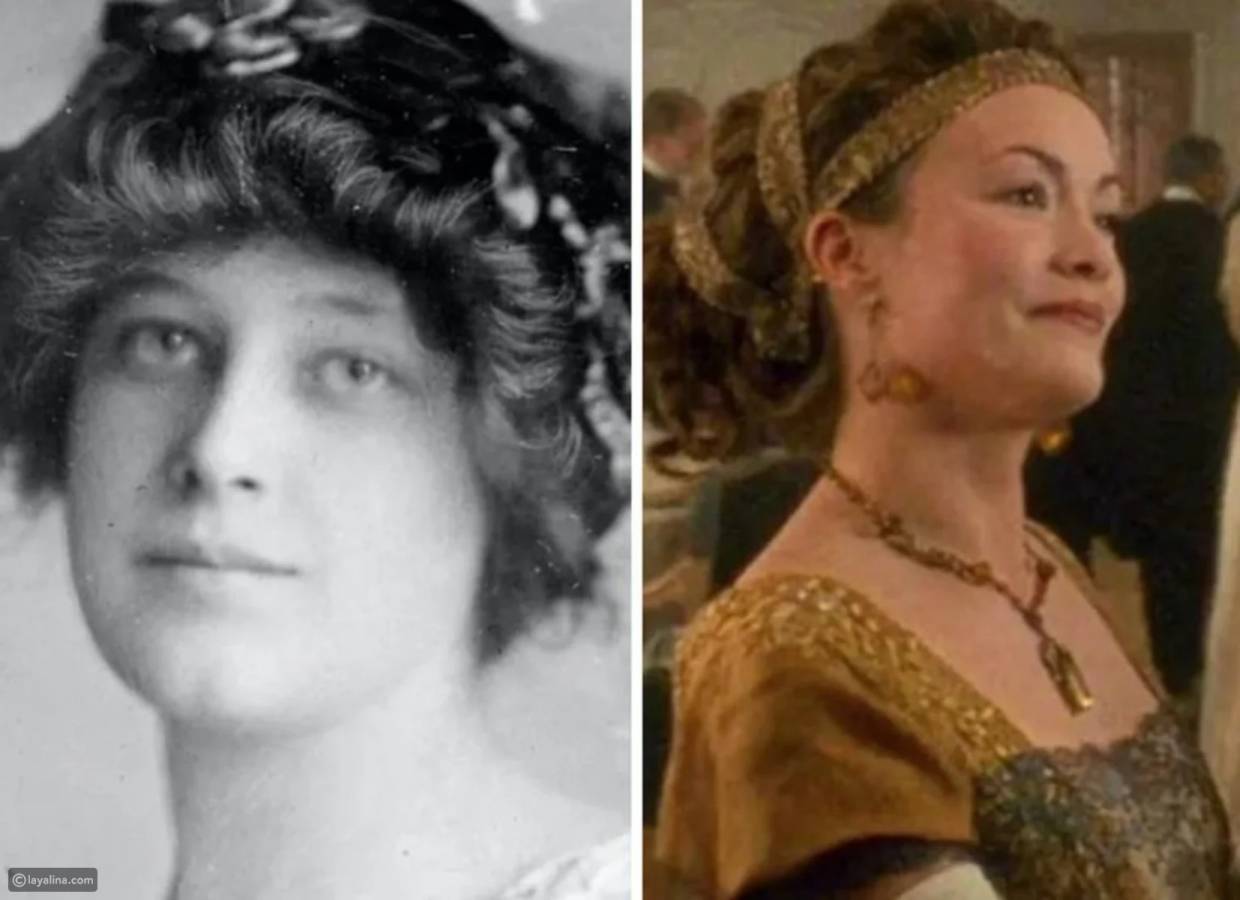
Source: Library of Congress/ Wikimedia Commons
When she was shown her lifeboat, she asked if she could take her husband, but the men in charge denied her. She reported that there seemed to be room for at least 15 other people, but all the men on the ship, especially the officers, seemed dazed as if they could not process that they were about to die at sea.
